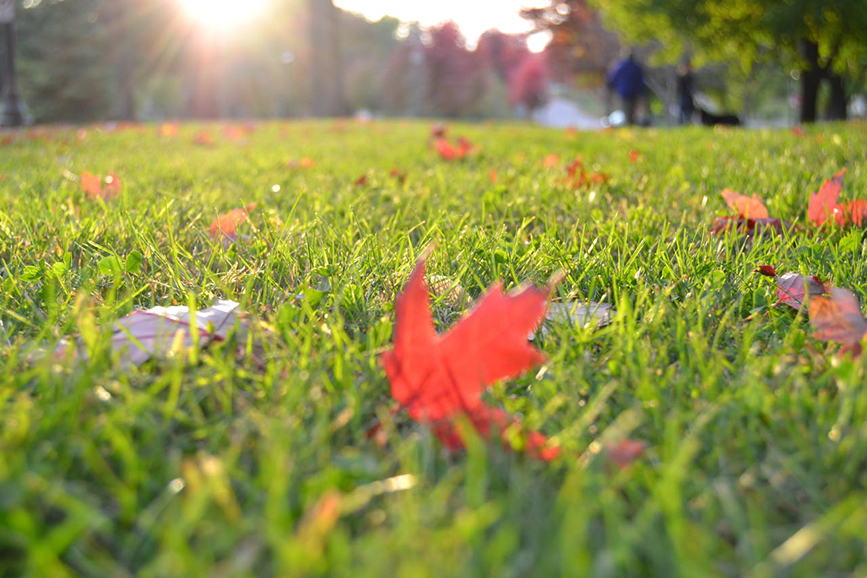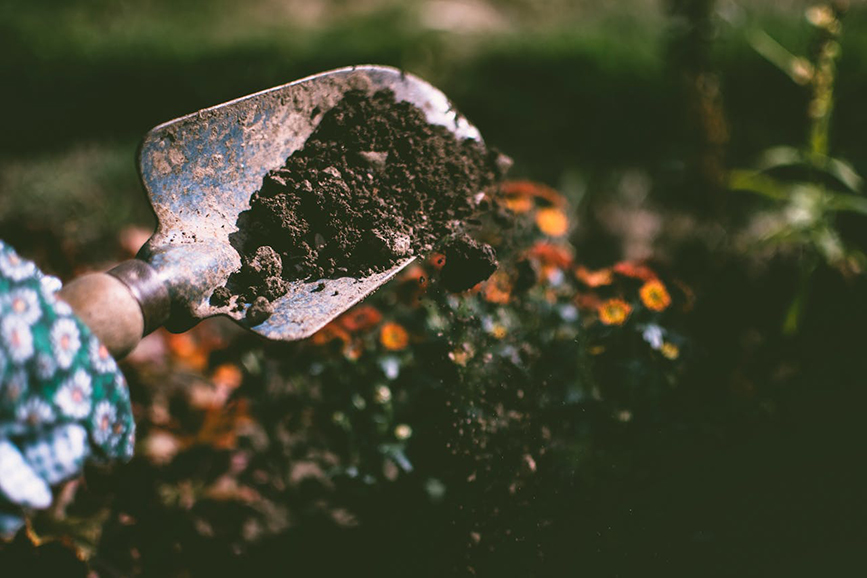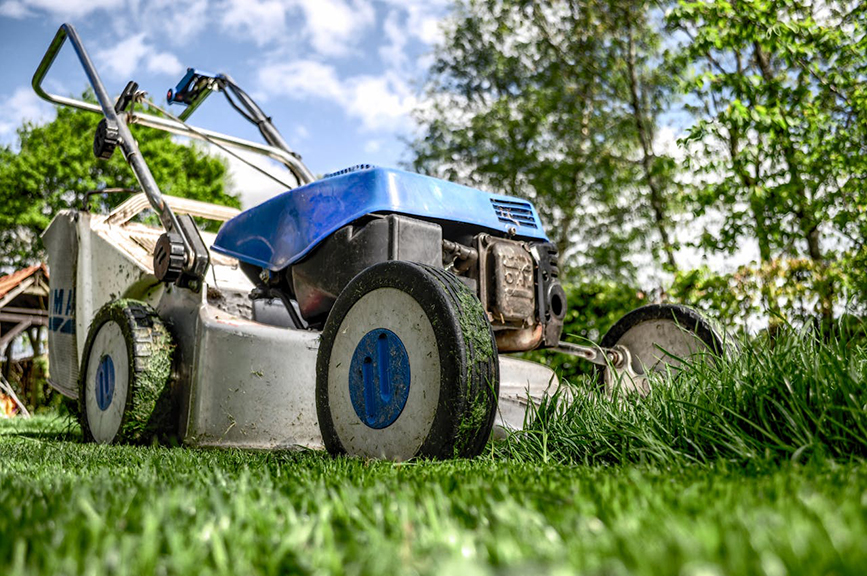 |
| Moving into a new home is always an exciting adventure. However, discovering that you are moving into a neglected property when you’re ready to settle in can damper your enthusiasm. Overgrown weeds, bare patches, and dry, compacted soil can make your yard seem unmanageable. The good news is that with patience, care, and the right strategy, you can transform even the most neglected lawn into a vibrant, lush outdoor space you and your family can enjoy. This comprehensive guide will walk you through the steps to rejuvenate your lawn and turn it into an inviting sanctuary. |
| Assess the Condition of Your Lawn |
| The first step in revitalizing a neglected lawn is understanding its current state. Take a thorough walk around your yard and observe its condition. Are there bare spots where the grass has died? Is the lawn overrun with weeds? Do you notice compacted soil or standing water that could indicate drainage problems? By identifying these issues upfront, you can develop a targeted plan to address them |
| Clear Debris and Clean Up |
| Over time, neglected lawns can accumulate debris, such as fallen branches, dead leaves, trash, or even leftover construction materials. Clearing this clutter is the first step to identifying trouble spots and preparing the yard for restoration. Start by thoroughly removing debris with a rake, and for larger items or overgrowth, consider using a wheelbarrow or renting specialized yard tools. |
| If your yard is cluttered with outdoor furniture or other bulky items that need to be moved, partnering with a professional moving company can make a significant difference. OTM Moving and Storage, a trusted name in relocation services, specializes in handling and storing large, heavy items like outdoor furniture. Utilizing their expertise, you can safely move bulky pieces out of the way and store them temporarily, giving you the room you need to work efficiently on your lawn. |
| With the space cleared and free of distractions, you’ll be able to see the areas that require attention and can proceed with restoring your yard to its full potential. |
| Test and Improve Your Soil |
| Healthy soil is the foundation of a thriving lawn, so testing your soil should be an early priority. Many home improvement stores sell affordable soil test kits that let you check pH levels, nutrient content, and soil composition. You must amend if your soil lacks key nutrients or has an unbalanced pH. Add organic compost to improve fertility, apply lime to raise pH, or use sulfur to lower it. A well-prepared soil bed gives grass the best chance to grow strong and healthy. |
 |
| Test the soil when moving into a neglected property. |
| Aerate the Soil to Promote Growth |
| Neglected lawns often have compacted soil, which limits airflow, water absorption, and nutrient distribution to the roots. Aeration can significantly improve this situation. This process involves perforating the soil with small holes to loosen it, allowing the roots to "breathe." You can rent an aerator from a garden supply store or hire a professional landscaping service to do the job. Aerating is especially important if your lawn has heavy foot traffic or clay-rich soil. |
| Tackle Weeds and Invasive Plants |
| Weeds are one of the biggest challenges in a neglected lawn. They compete with grass for nutrients, water, and sunlight, making it difficult for new grass to thrive. Remove weeds manually by pulling them out, ensuring you get the roots to prevent regrowth. Consider using a selective herbicide that targets weeds without damaging the grass for larger infestations. Apply it correctly and follow label instructions to avoid overuse, which can harm the surrounding vegetation. |
| Reseed and Restore Bare Patches |
| Once the weeds are under control, it’s time to focus on reseeding bare or patchy areas. Choose a high-quality grass seed that matches the existing grass type in your yard, or opt for a blend that works well in your region’s climate. Lightly rake the soil to loosen it before spreading the seeds evenly. Cover the seeds with a thin layer of soil or mulch, then water the area regularly to encourage germination. A well-seeded lawn will begin to fill in those unsightly patches in just a few weeks. |
| Establish a Watering Routine |
| Watering is crucial when restoring a neglected lawn, but striking the right balance is important. Too little water stunts growth, while overwatering can lead to root rot or fungal diseases. Water deeply once or twice a week, ensuring the moisture penetrates at least six inches into the soil. Early morning watering is best, as it allows water to soak into the ground before the sun causes evaporation. Adjust your watering schedule based on the weather and soil conditions as your lawn begins to thrive. |
| Fertilize to Strengthen Growth |
| A neglected lawn often suffers from nutrient deficiencies, which fertilizer can remedy. Choose a fertilizer that aligns with your grass type and the season. Organic fertilizers are an excellent option for a sustainable approach, as they improve soil health over time. Spread the fertilizer evenly across the lawn using a broadcast spreader and lightly water it afterward to help absorb into the soil. Proper fertilization will give your grass the strength it needs to grow thick and healthy. |
| Mow with precision |
| Mowing might seem straightforward, but correctly restoring your lawn is essential. Set your mower blade to a height that prevents cutting the grass too short, which can weaken it and expose it to stress. The ideal grass height varies by type, but most grasses benefit from being trimmed to about two to three inches tall. Always mow when the grass is dry to ensure a clean cut and leave clippings on the lawn to provide natural mulch and nutrients. |
 |
| Set your mower blade to a height that prevents cutting the grass too short. |
| Maintain Your Progress |
| Reviving a lawn doesn’t end once it starts to look better; it requires ongoing maintenance to keep it in top shape. Stick to a regular schedule of mowing, watering, and fertilizing. Remove weeds as they appear to prevent them from spreading. Regular aeration and occasional overseeding can also keep your lawn healthy and vibrant. |
| Address Pests and Diseases |
| Neglected lawns are often home to pests like grubs, ants, chinch bugs, and diseases like brown patches or dollar spots. Inspect your lawn for signs of damage, such as yellowing grass, irregular patches, or insect activity. Depending on the issue, you may need to apply an insecticide, fungicide, or other treatment. If the infestation or disease is widespread, consulting a professional can save you time and effort. A healthy lawn is less likely to fall victim to future problems. |
| Embrace the Journey and Celebrate Your Lawn’s Transformation |
| Restoring a neglected lawn
takes time, effort, and patience. Progress may be slow at first, but with consistent care and attention, your lawn will begin to show signs of life. Celebrate the small victories—whether it’s a sprout of new grass, the disappearance of weeds, or the first time your yard feels inviting enough for an outdoor gathering. |
| Moving Into a Neglected Property With a Plan |
| Reviving your lawn after moving into a neglected property may seem daunting, but it’s achievable with the right approach. You can create a lush, green lawn that enhances your home’s beauty and value by addressing soil health, weeds, watering, and mowing practices. Remember to maintain your progress and enjoy the process, as a beautiful yard is one of the most rewarding parts of settling into a new home. With dedication and care, your neglected lawn can become a thriving space that reflects your vision and hard work. |
Photo By:Jennifer Victor-Larsen
Photo By:Lisa Fotios
Photo By:ClickerHappy |